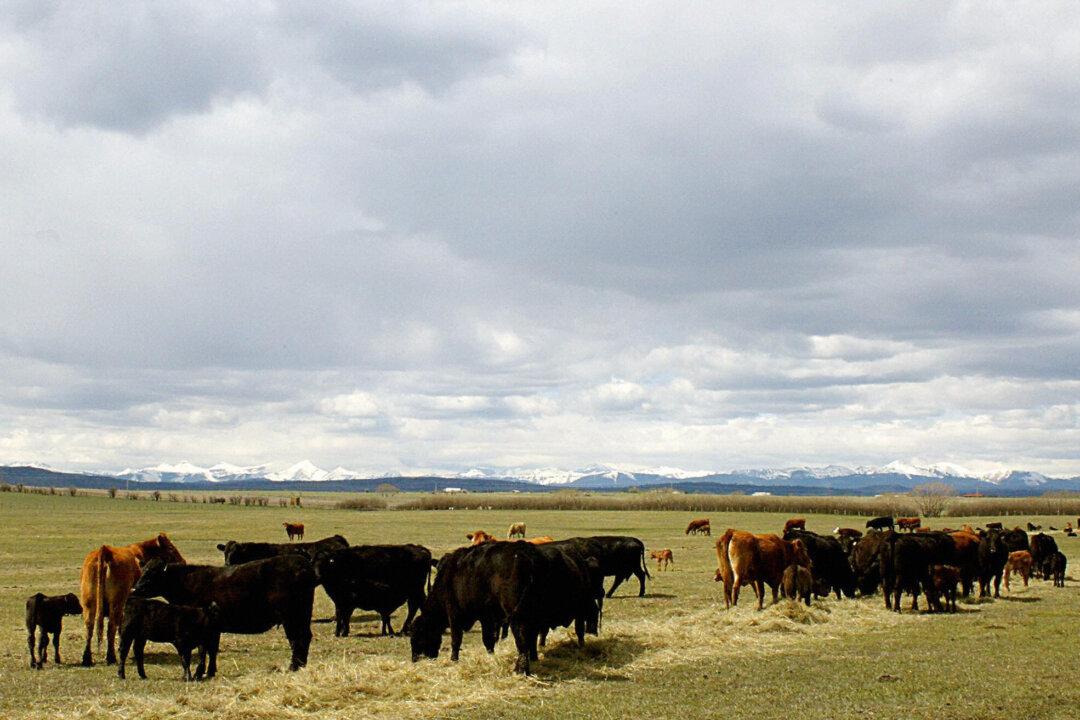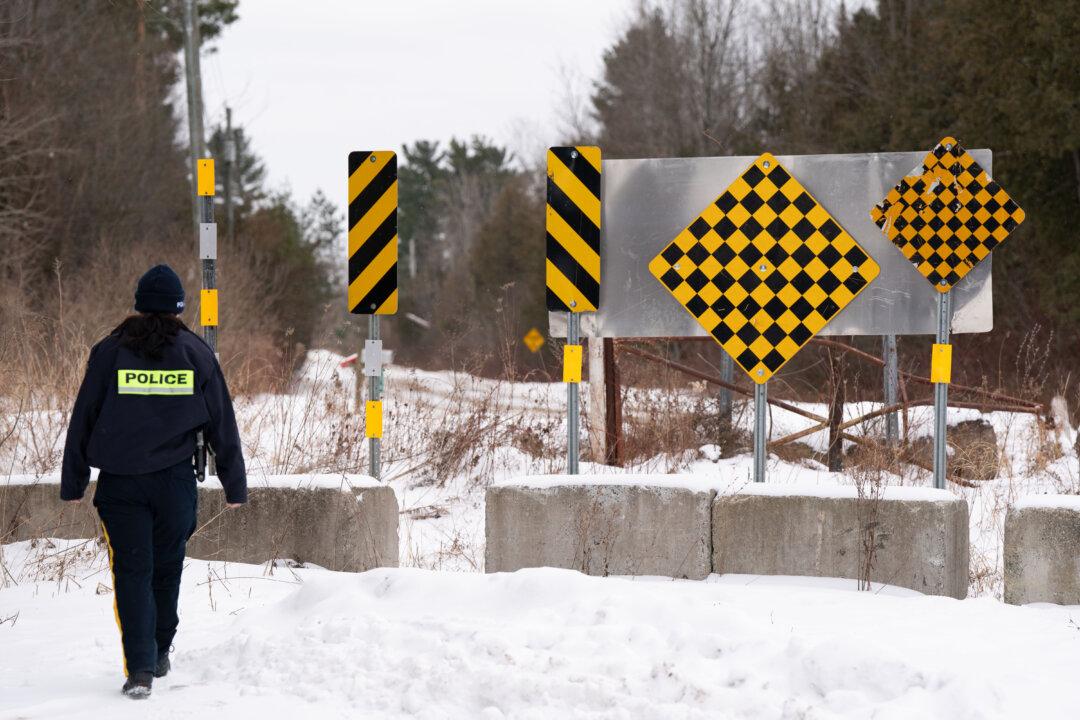Ottawa has announced a new economic incentive program for beef cattle farmers in a bid to reduce methane emissions from bovine burps.
The Dec. 10 announcement is the latest initiative introduced by Canada during COP28, the global climate conference currently taking place in Dubai, United Arab Emirates.





